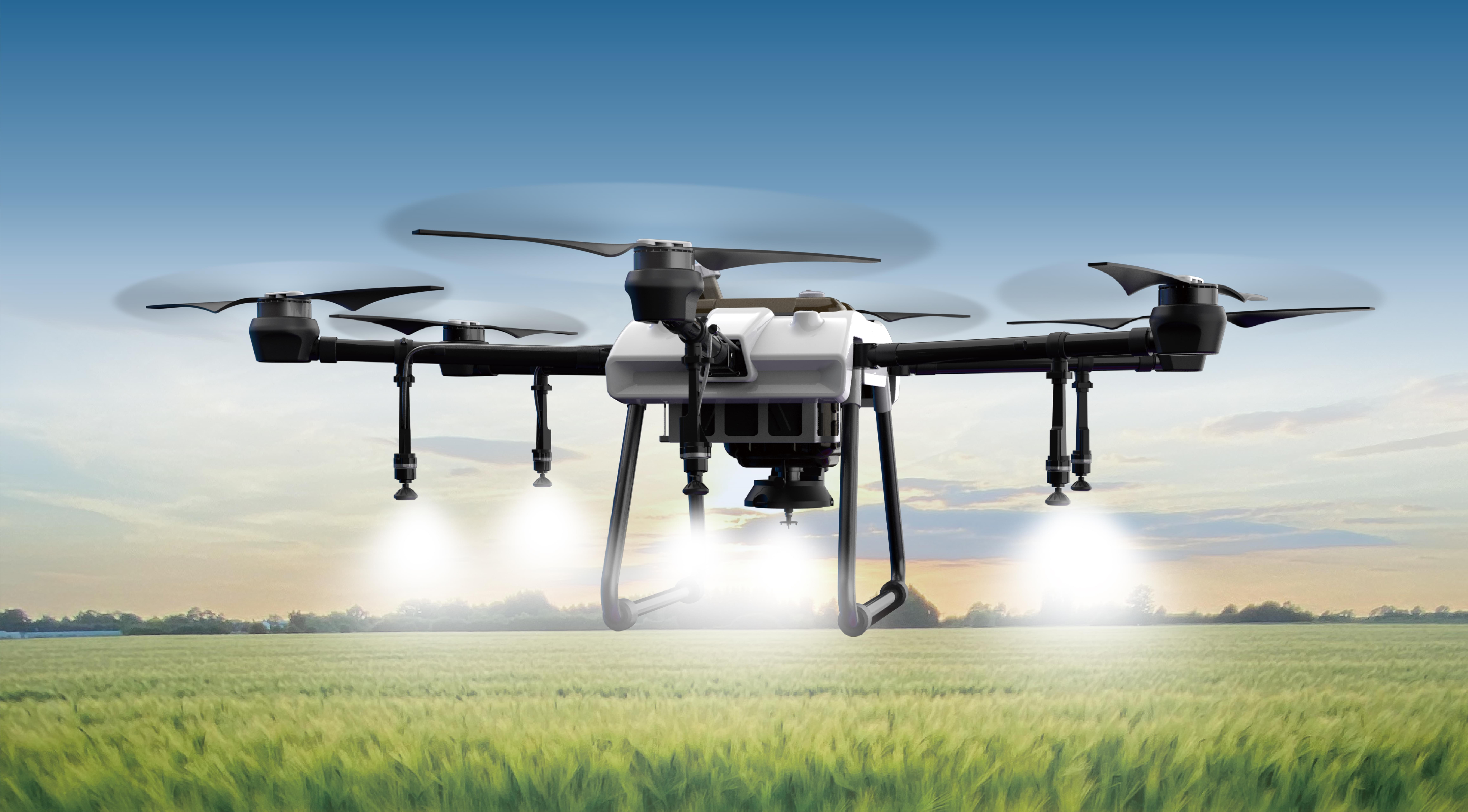Getting a servo to work with a microbit might sound like a simple task, but it’s actually kind of fun to figure out all the little pieces that make it work. Picture this: you’re sitting at your desk, eyes drifting over your microbit, and you're just itching to make that small servo spin. It’s a tiny victory when you get all the wiring right, especially when you're new to microcontrollers. Don’t worry—it’s easier than you think once you understand the trick.

First, you need a servo motor. These little guys are surprisingly powerful for their size, and connecting them to a microbit opens up a ton of creative possibilities—think robotic arms, moving models, or even tiny remote-controlled cars. You’ll also need a power source beyond the microbit, probably a 5V power supply or batteries, since servos can draw more current than the microbit’s pins can provide comfortably.
Now, wiring is key. The servo generally has three wires: power (usually red), ground (black or brown), and signal (white or yellow). Connect the power wire to the 5V pin on the microbit—or better yet, to your external power source. The ground wire should ground both your microbit and the servo, ensuring they share the same reference point. The signal wire, the one that controls movement, goes straight into one of the microbit’s pins—say pin 0 or pin 1.
Here’s where things get interesting. Once you’ve got everything wired, the magic begins with the code. Microbit’s bite-sized blocks or micropython scripts can send PWM signals to control the servo angle. For example, do you want the servo to turn 90 degrees? You send a specific pulse width, usually between 1ms and 2ms, which correlates with angles from 0 to 180.
Some common questions—how much current does a servo need? Good question! Most small servos run comfortably on around 500mA to 1A, way more than the microbit can give directly. That’s why an external power source makes a huge difference. Otherwise, you risk crashing your microbit or damaging the port.
And what about the code? Do you use blocks or text? I swear by micropython for this. It’s straightforward: you set the duty cycle of PWM to match your angle. Just remember, servos are demanding little creatures—they need stable power and precise control signals. When you get it right, even with tiny common components, it’s like giving life to a mini robot.
It’s funny how such a straightforward task like wiring and programming can become a satisfying puzzle. The thrill of seeing that servo move smoothly at your command? That’s what makes it addictive. After all, once you understand how to connect the servo to the microbit, there’s no limit to what you can create—from animated displays to robotic projects that respond to your gestures.
Really, it's all about getting the connections right, understanding the power needs, and writing a little code that tells the servo what to do. Once you nail those parts, everything else follows. No matter if you’re just starting out or tinkering for fun, this little project is a solid way to get your hands dirty and your mind thinking.
If you’re curious or hit a snag, just picture that tiny servo whirling to life—your project stepping into motion. That feeling? It’s priceless. And when you finally get it working, trust me, you’ll look at your microbit in a whole new way, knowing you’ve got the power to turn a simple controller into something that actually moves.
Established in 2005, Kpower has been dedicated to a professional compact motion unit manufacturer, headquartered in Dongguan, Guangdong Province, China.




































